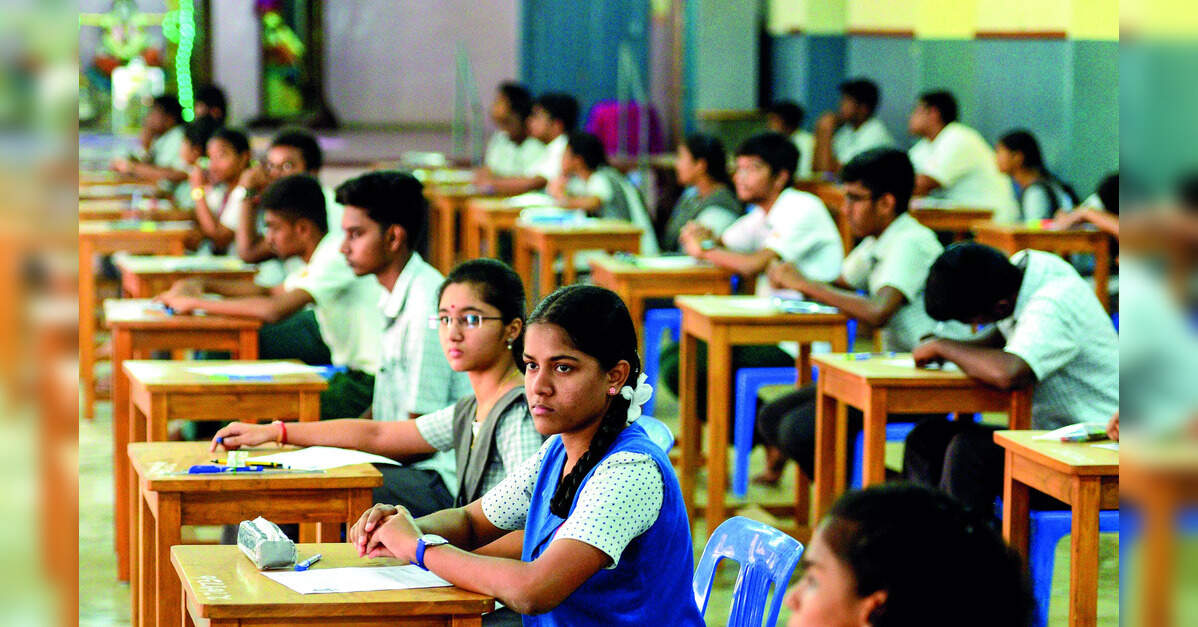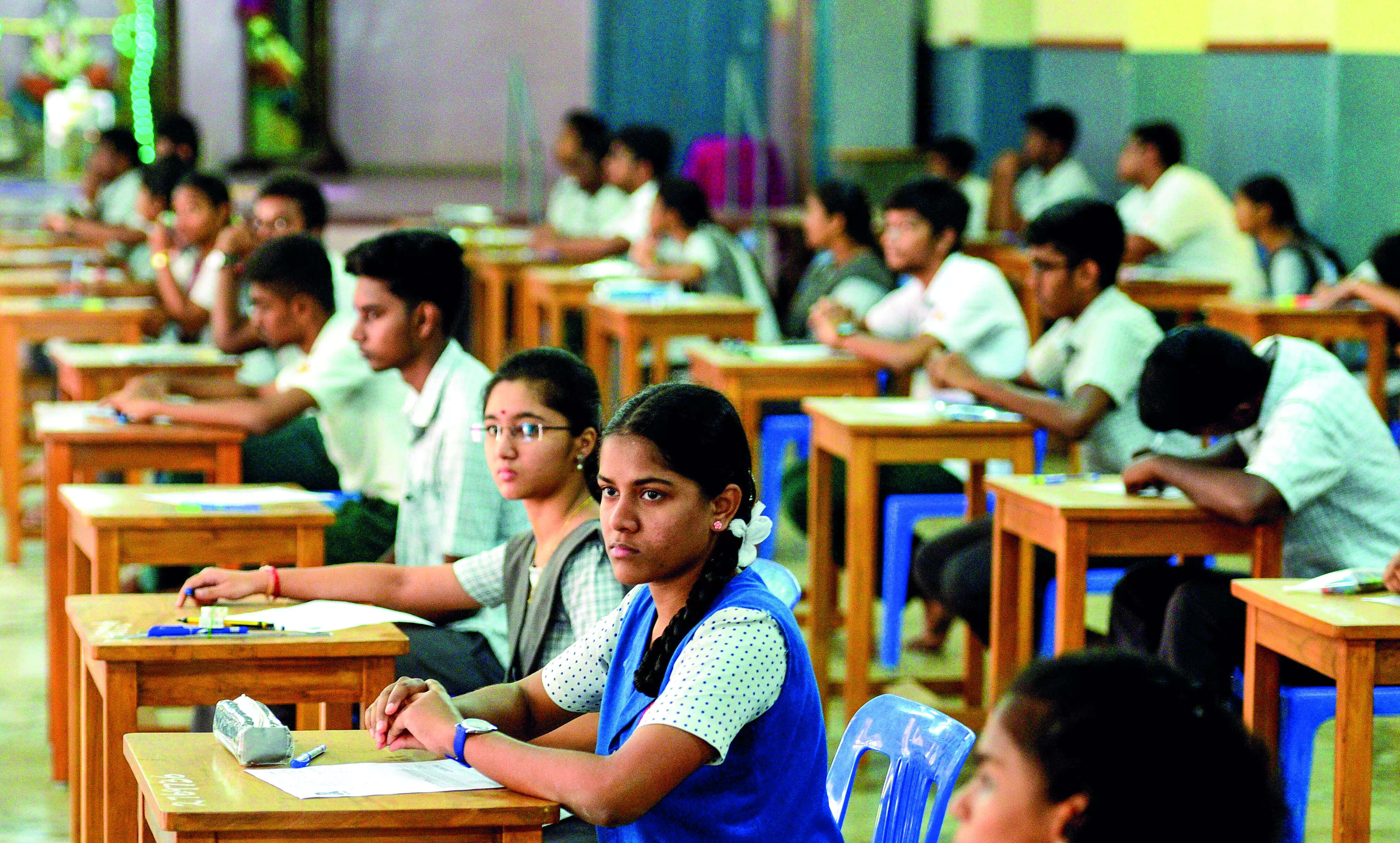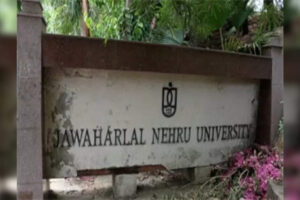
Enrolment in BMC schools plummets despite budget hike, ETEducation

Even as the Brihanmumbai Municipal Corporation (BMC) increased its education budget to a record Rs 3,955.64 crore for 2025-26, the number of students in its schools continues to fall year after year, exposing the widening gap between spending and outcome in the city’s public education system. In 2023-24, the civic body set aside Rs 3,347 crore for the education sector, which was raised to Rs 3,497.82 crore in 2024-25. Despite these increases, enrolments have been sliding steadily for over a decade.Sharp decline
As per BMC data, in 2015-2016 there were 3,50,241 students enrolled across 1,083 primary schools (8 mediums). This figure has plummeted to less than 2.6 lakh students enrolled across 963 primary schools. The data for 2025 will be released by BMC within September end. This decline indicated that BMC primary schools have lost nearly 90,000 children (about 26 per cent) in the last decade, while the number of schools themselves dropped by 120.
Secondary and special schools saw smaller fluctuations: secondary enrolment hovered between 35,000 and 46,000, while special schools for the differently-abled students stayed under 1,000 children across the decade.
Schools closure
This decline is not new. According to the State of Municipal Education in Mumbai (Praja Foundation, 2019), 257 BMC schools shut down in the last decade until 2018-19, with 41 closures in 2017-18 alone, the highest ever in a single academic year. In 2019, only 185 civic schools had 100 or more students enrolled, while 56 schools were down to 20 students or fewer, pushing them towards mergers or closure.
The retention rate in BMC schools stood at 90.5% in 2010-11, but crashed to 22.3% by 2018-19. Despite schemes such as free uniforms, mid-day meals, and digital classrooms, civic schools have failed to retain students.
Ironically, the drop-out rate in 2021-22 was the lowest in a decade, under 4,000 students, but education activists point out that the number matters little when overall enrolment itself has shrunk drastically.
“A lot of things are being done to improve the enrolment; however, parents are choosing private schools year after year. Still, there have been many interventions in the form of freebies and infrastructural upgradation. We have also improved the quality of education in the form of Mumbai Public Schools (MPS),” said a BMC official.
‘Low quality education’
Educationists argue that parents are increasingly shifting children to low-cost private schools or aided institutions, citing poor English-medium options, inadequate infrastructure, and lack of accountability in BMC-run schools.
Milind Mhaske, CEO of Praja Foundation, said, “The problem is simple; it is the quality of education. Families from lower socio-economic backgrounds want good education for their children. They may cut down on a meal but will ensure their kids study in a school that gives them a better future. BMC offers free education, free books, free uniforms, but what it has never upgraded is quality. In fact, it has declined. While some MPS schools have managed to stabilise, the larger chunk of BMC-run schools continue to lag behind.”
“In the mid-1990s, enrolment was over 10 lakh students. Today, it has collapsed to just 2.5–2.6 lakh. There is no shortage of funds; BMC spends more on education than many state governments and infrastructure is better than before. The missing pieces are empowered teachers, trained staff, accountability, and parent participation. There is no system that holds anyone responsible for outcomes,” he further said. “India’s public education is perceived as an option only for the poor while private schools are seen as aspirational. This perception exists because the quality gap is real. If this trend continues, BMC schools will keep shutting down.”
Mhaske continues: “The government needs to focus on salvaging these institutions, whether by strengthening accountability within the system or by exploring partnerships with entrepreneurs and organisations to run affordable, low-cost schools.”
‘Gap will only widen’
Educationist and retired school principal Manisha Namdev agreed, warning of the consequences of inaction: “Asia’s richest civic body continues to pump money into education, but without significant policy correction, the gap between investment and impact will only widen. The steady decline in enrolments and shrinking number of schools is not just a civic crisis; it’s a stark commentary on the state of public schooling in Mumbai.”
“Despite pouring in thousands of crores, BMC has failed to stem the outflow. The system needs urgent reforms to win back parents’ trust,” said an activist tracking civic education.
Source link



